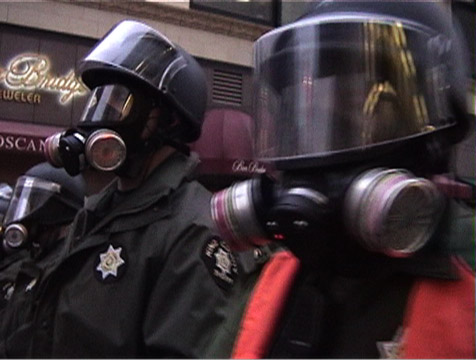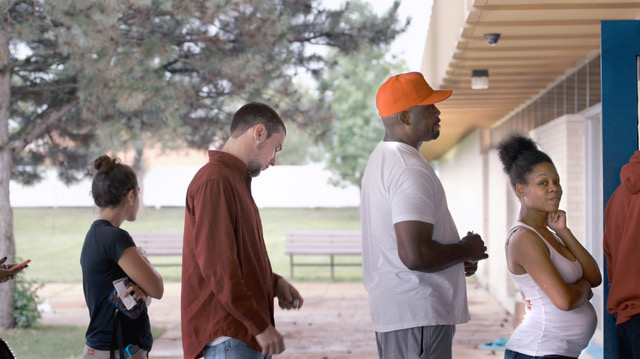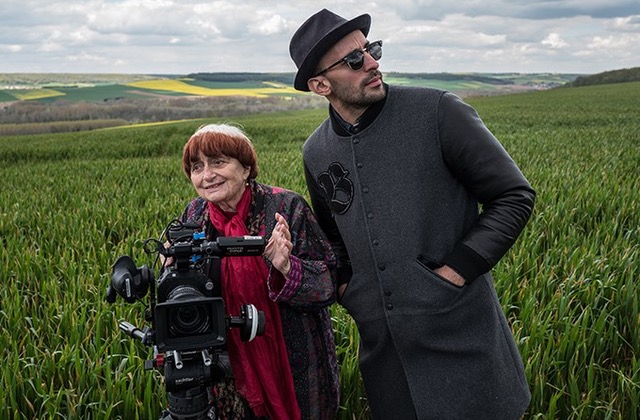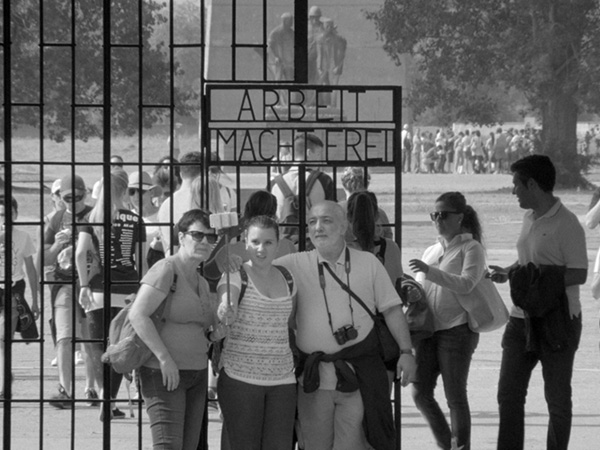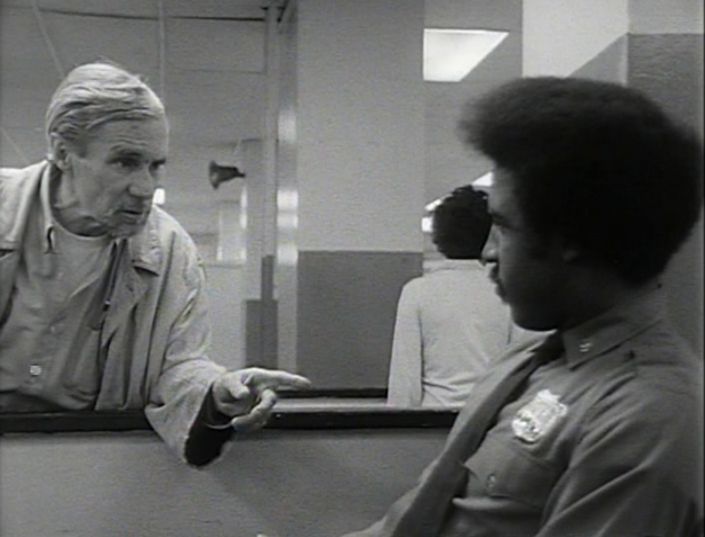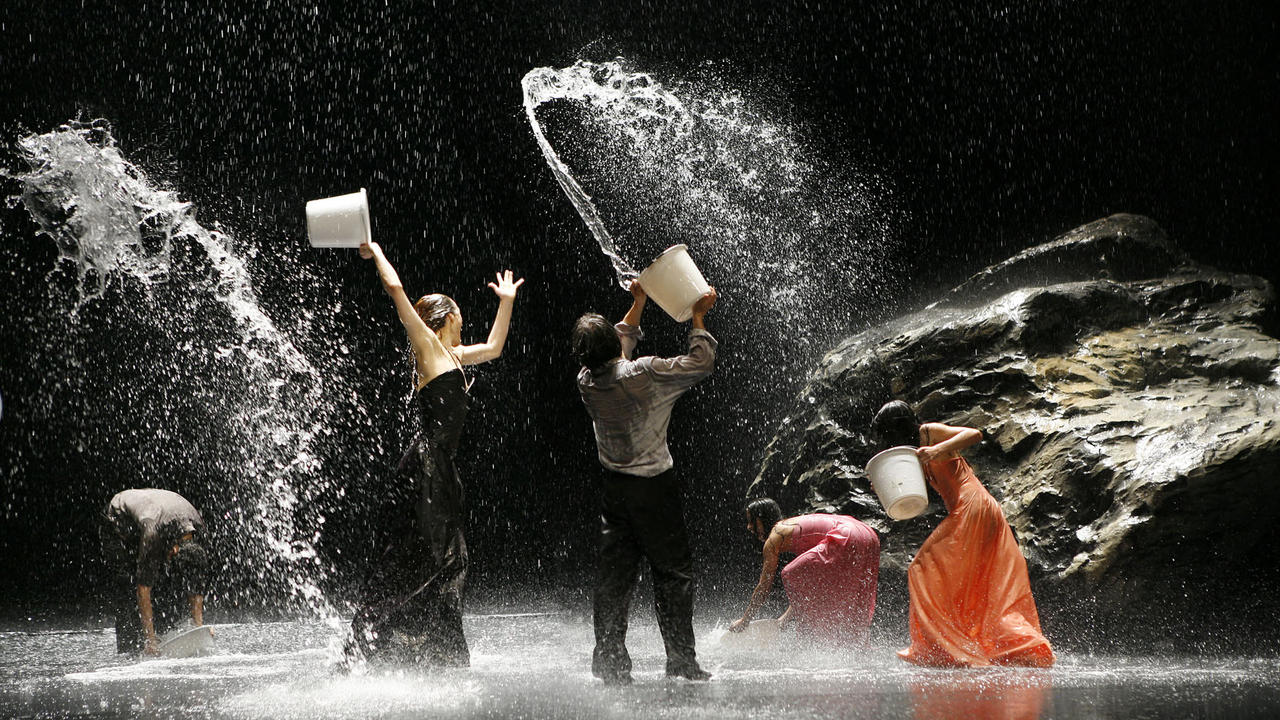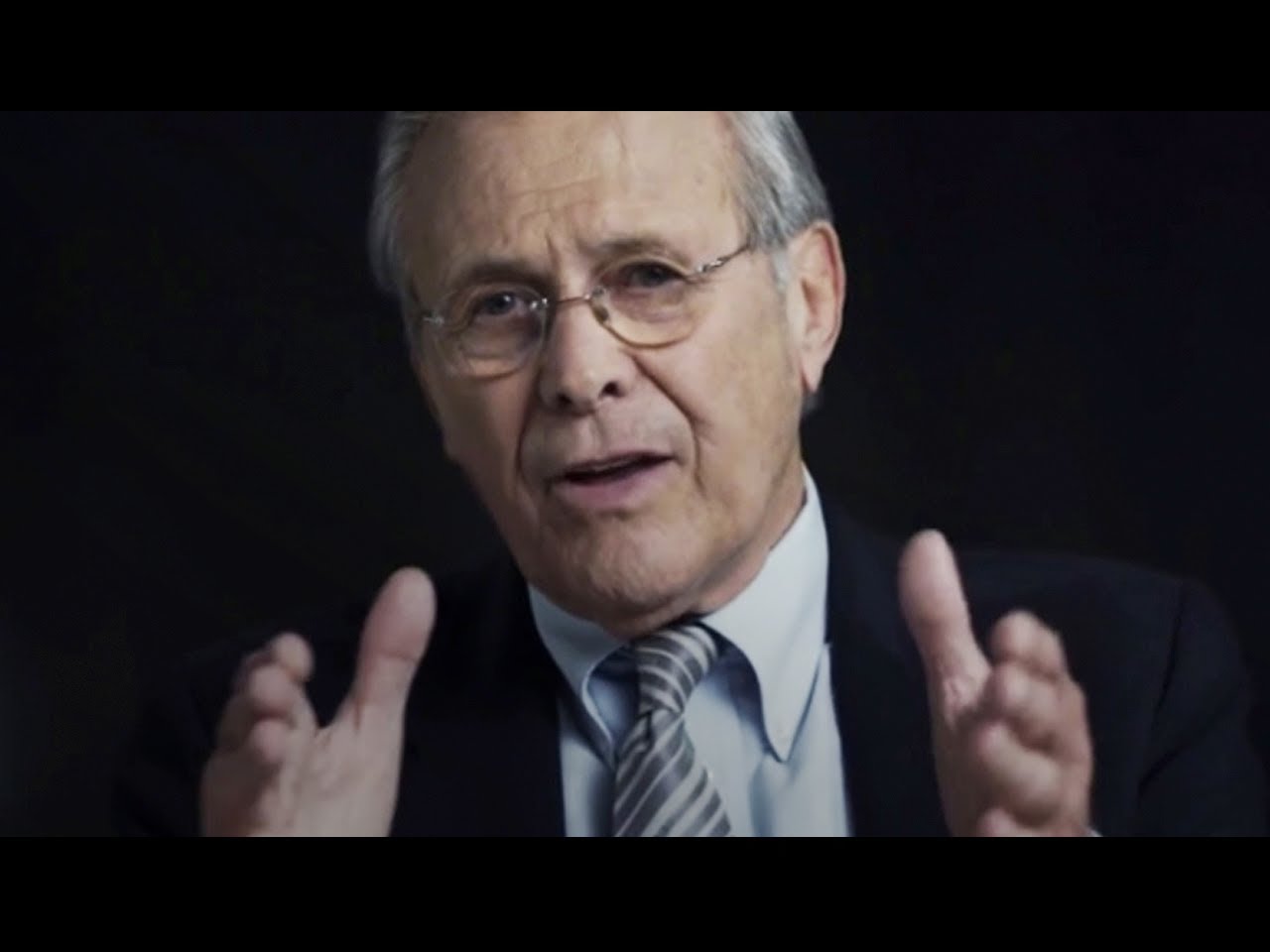The Devil We Know
Director: Stephanie Soechtig, Jeremy Seifert, Watched at: Hot Docs 2018, Rating: 2.5/5. The Devil We Know, a paint-by-numbers eco-doc, is set in West Virginia, where a group of residents in Parkersburg discovered that the chemical giant Dupont had been dumping the toxic chemicals used in Teflon and other products into the local water supply. Cancer and birth defects followed, as well as the usual tensions between profits and employment. Dupont is the region’s largest employer, and it took most of the residents awhile to come around to the idea that the company putting food on their tables was also poisoning them. Finally, a few brave Davids brought a lawsuit against this Goliath (unfortunately, clichés are the guiding principle here), which is the only through line that delivers a narrative surprise in this movie. Screened at Sundance, The Devil We Know is not so much directed as box-ticked. Co-directors Stephanie Soechtig and Jeremy Seifert are veterans of these kind of social issue exposés, and the film plods along with all the cinematic flair social issue docs demand: crosscutting vignettes of victimized citizens, bucolic montages of small city life, a music score toggling from sensitive to dark to inspirational, and the damning accumulation of corporate malfeasance. Yes, the stories told here are heartbreaking (especially that of a young man who overcomes his birth defects to marry, have a child, and remain consistently positive), the villains are reprehensible, and the filmmakers’ do-gooder hearts are squarely in the right place. But there is nothing remotely memorable about this film. [...]


